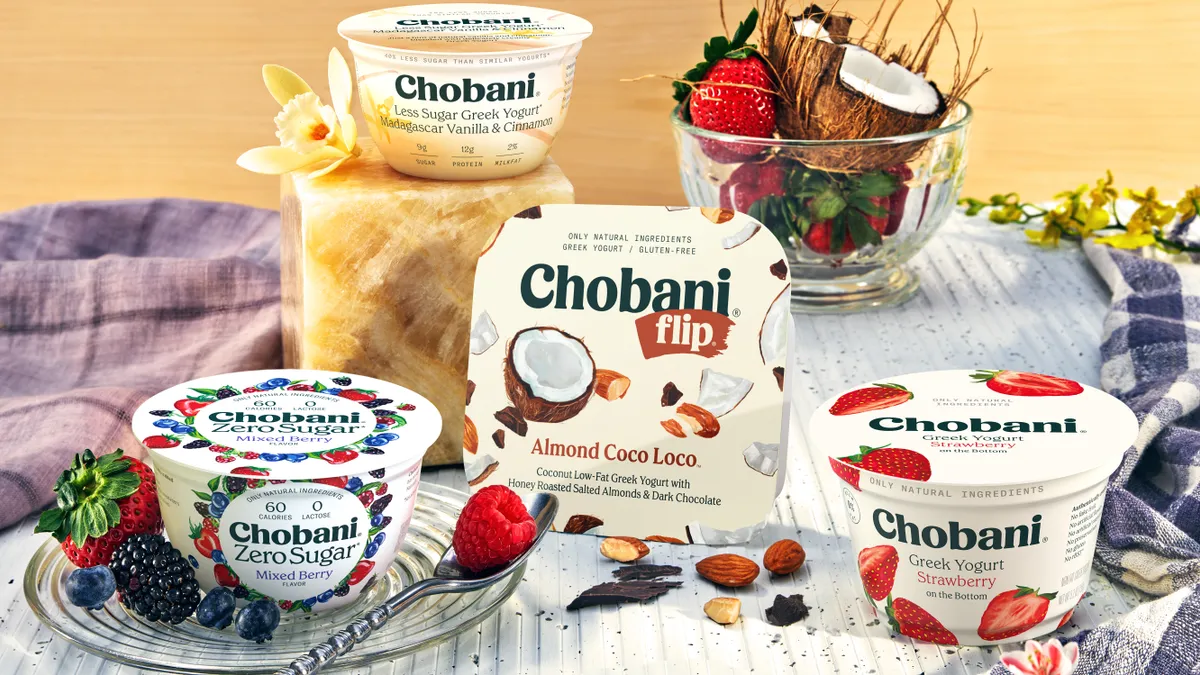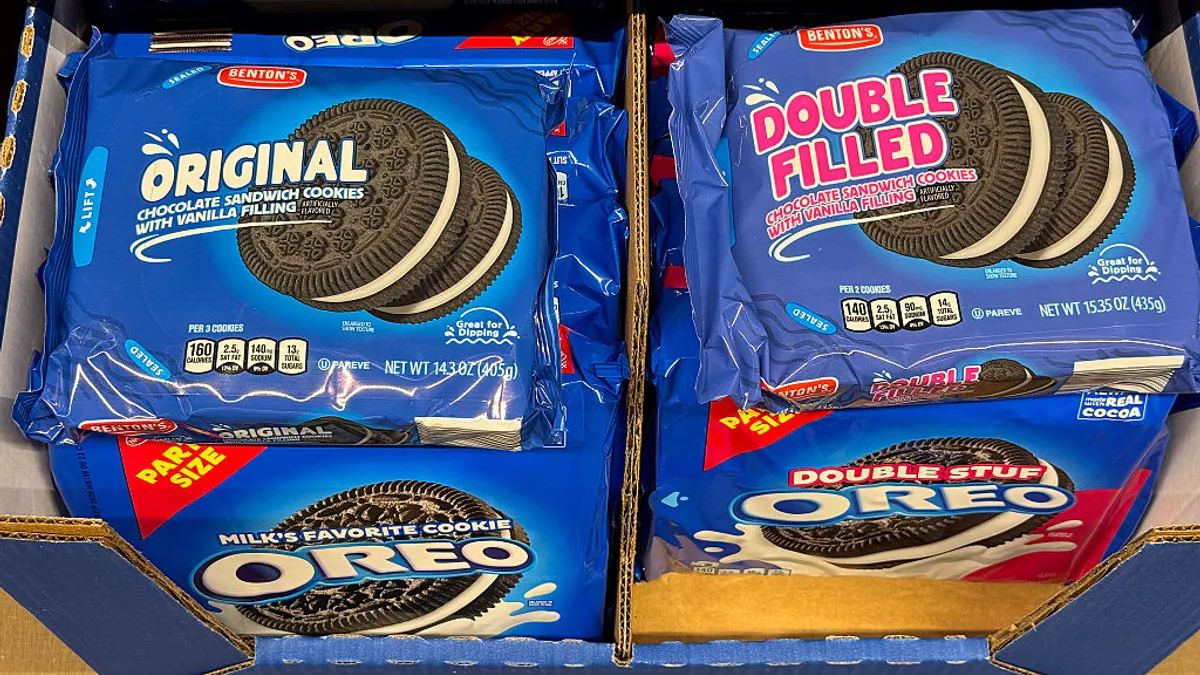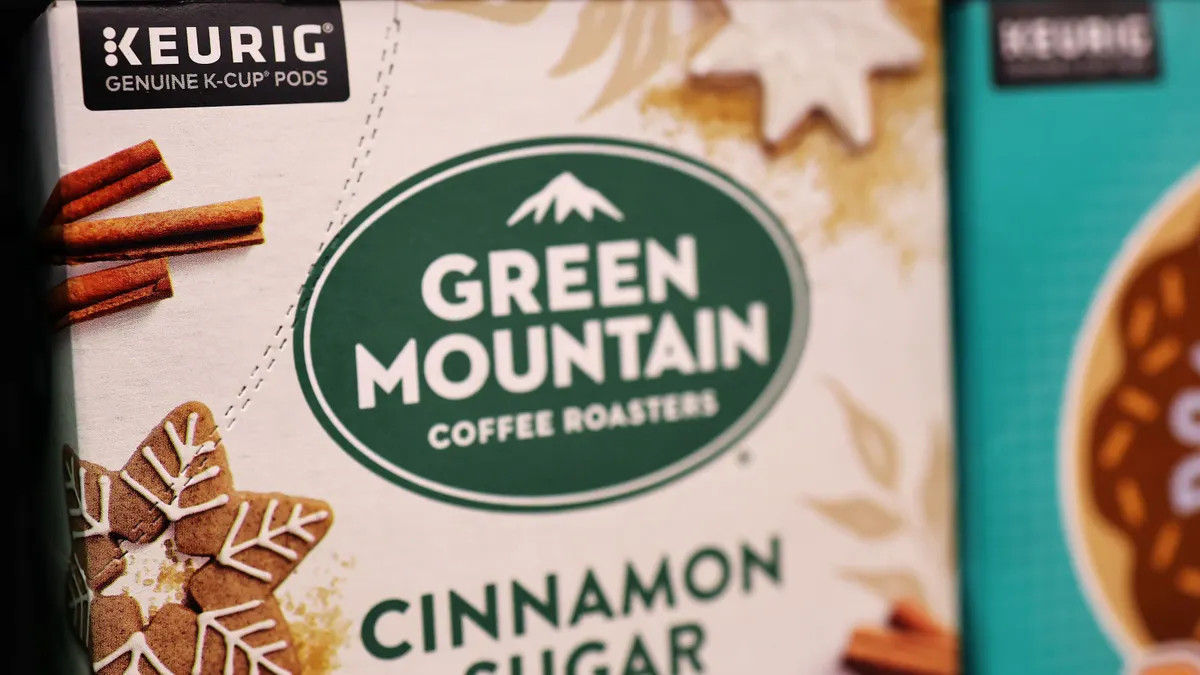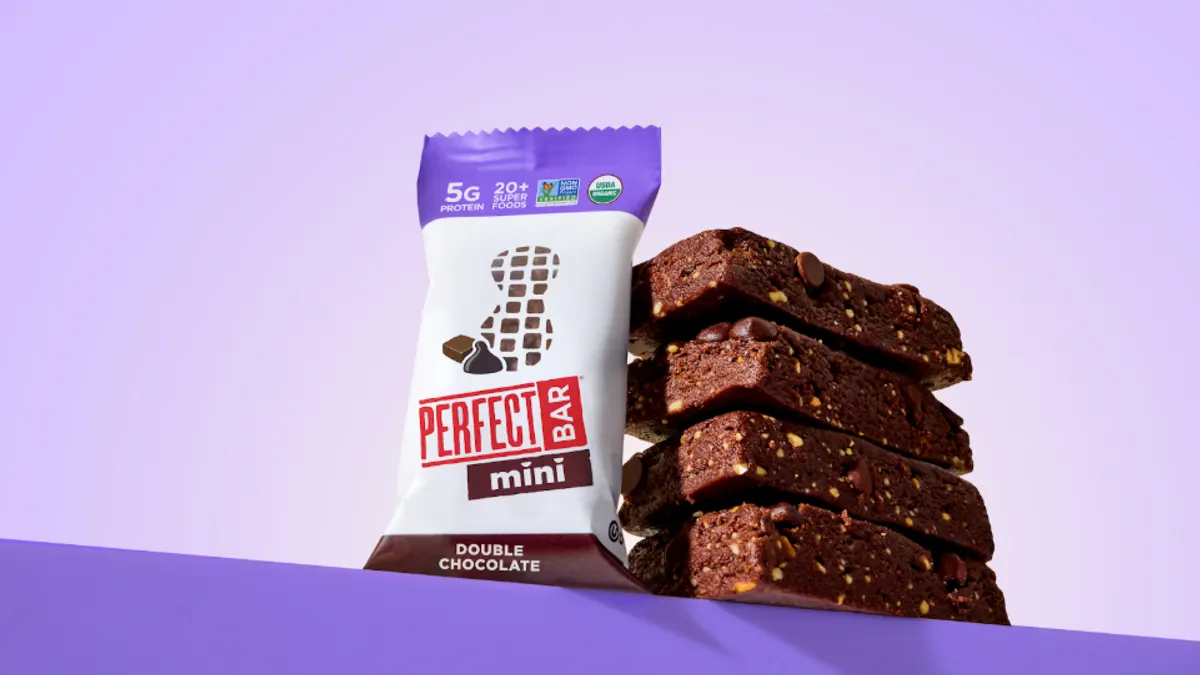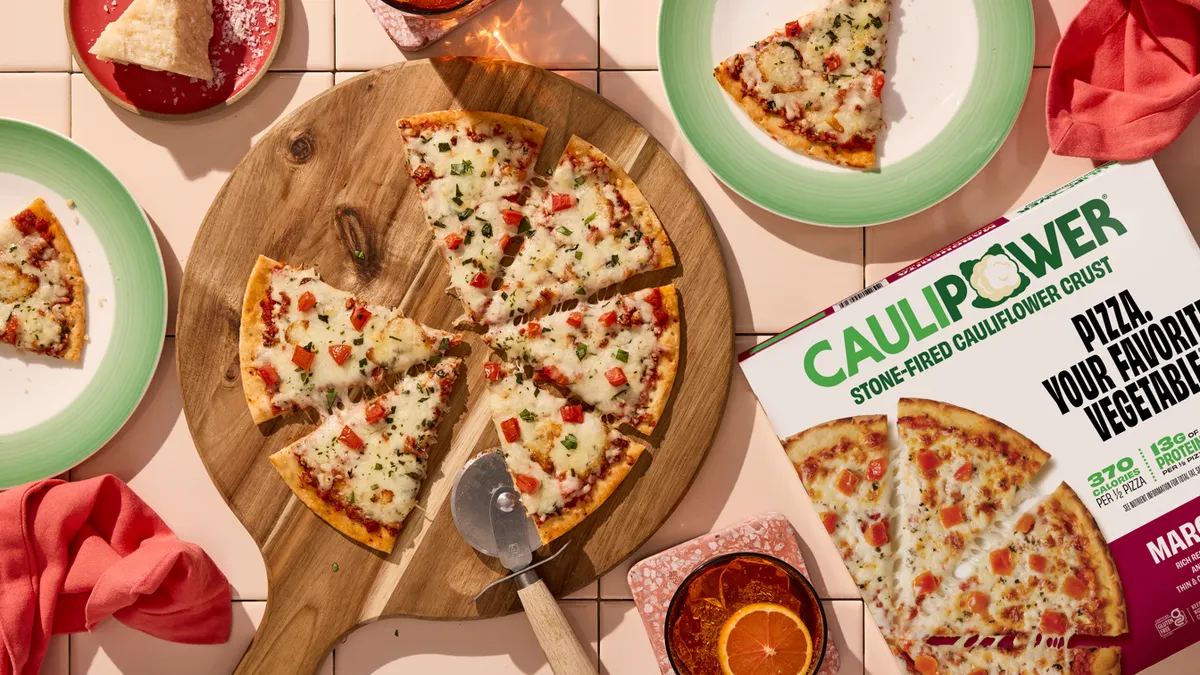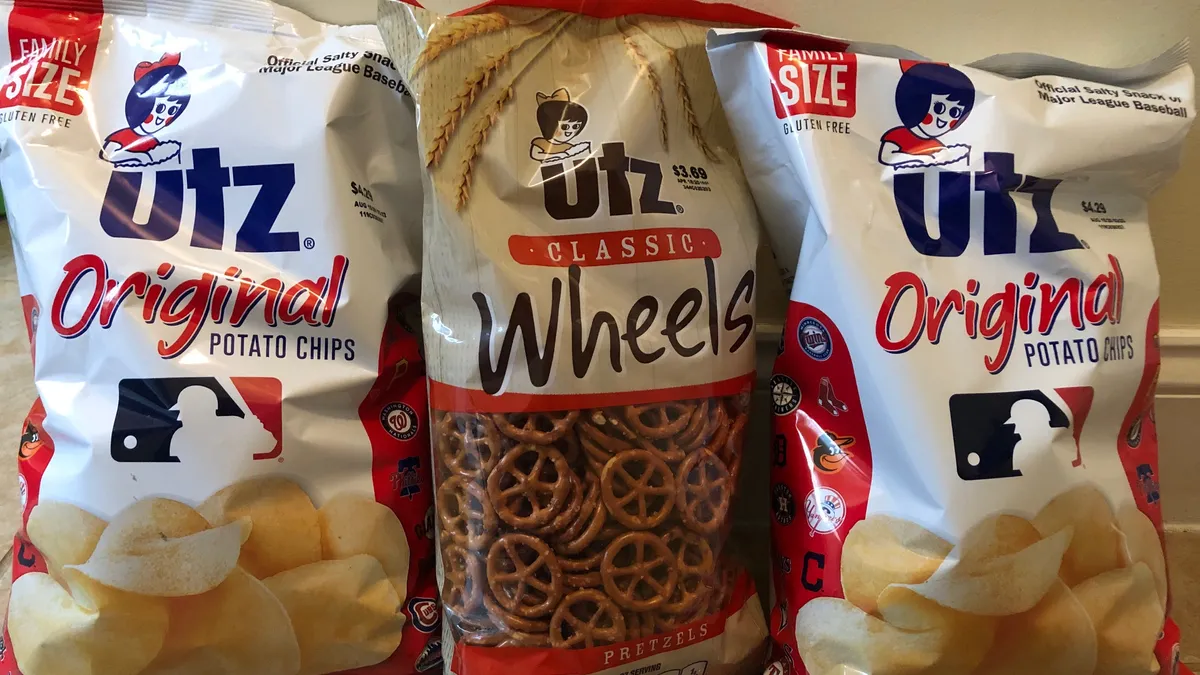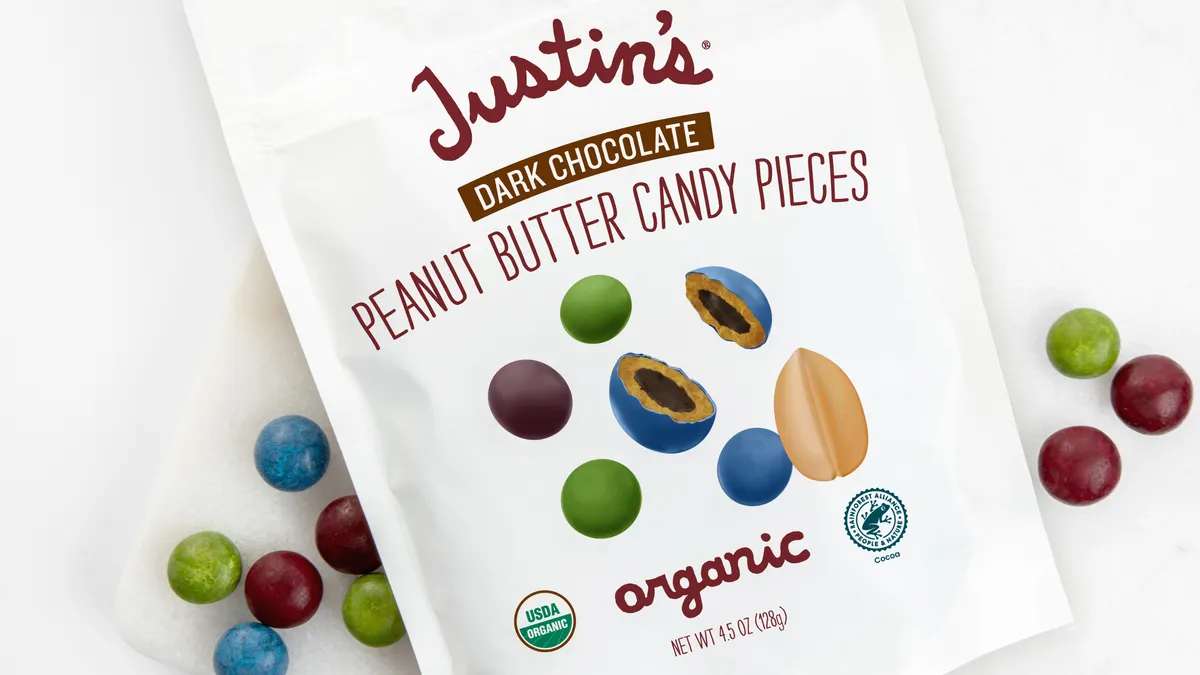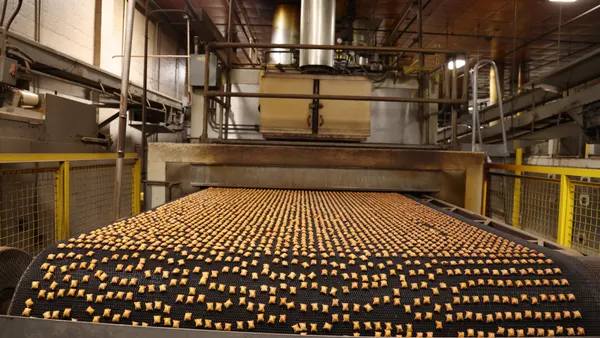As other food giants grapple with a sharp decline in sales, Chobani is posting robust growth across its business as consumers flock to its creamers, coffees and protein-packed Greek yogurt.
Since Chobani’s founding 20 years ago, the company has prioritized food and beverage products that are nutritious and low-sugar but still tasty and accessible to consumers who want them. This combination has given Chobani a crucial advantage in an environment where cash-strapped shoppers are choosing carefully how they spend their money.
The company’s retail sales for the year ending Oct. 25 rose 28.3% from the prior year, according to NielsenIQ data provided by the food and beverage maker.
“That’s significant growth in this environment. All of our businesses are growing and growing rapidly,” John Frost, Chobani’s chief customer officer, said in an interview. “We are seeing shifts within the consumer, and those shifts are landing in a place that Chobani has been for nearly two decades.”

The larger food space has been hit hard by inflation, leading to sharp declines or slowdowns in sales at companies, such as Conagra Brands, PepsiCo and Kraft Heinz. But not all businesses have faltered, with shoppers still loading up on offerings that aren’t viewed as overly processed, such as yogurt or meat sticks, or foods that contain nutritional attributes they value like fiber, probiotics and protein.
Even with yogurt demand for Chobani surging in the U.S., there is still plenty of room to expand, with Frost saying the category has “a long runway for growth.” U.S. yogurt consumption trails the more mature market in Europe, providing Chobani an opportunity to enter more households while boosting consumption among existing users.
Chobani doubled down on protein last year with the rollout of Greek Yogurt cups and drinks that incorporate more of the nutrient. The brand’s high-protein line is in 10% of U.S. households as of Oct. 4, data from NielsenIQ showed, leaving ample room to expand.
Creamers also remain ripe for further growth. Chobani’s creamer business now makes up 11.5% of the $5 billion category, compared to 5.5% a year ago. NielsenIQ and Chobani said sales in the overall creamers space rose 3.6%, with Chobani responsible for four-fifths of that jump.
Disciplined approach to expansion
Recent acquisitions and internal innovations have strengthened Chobani's portfolio and the company’s overall momentum.
Chobani made its first acquisition in 2023, spending $900 million for ready-to-drink coffee manufacturer La Colombe. Earlier this year, Chobani purchased plant-based food maker Daily Harvest, bringing it into ready-to-make meals and frozen foods for the first time.
Chobani is focused on growing La Colombe’s ready-to-drink business, multi-serve and beans operations, while tapping into its business expertise and innovation prowess to build and scale Daily Harvest.
Unlike other food manufacturers that launch several products in the hope that a few will succeed, Frost said it takes a different approach: Debuting items it has “incredible confidence” will resonate with consumers and retailers.
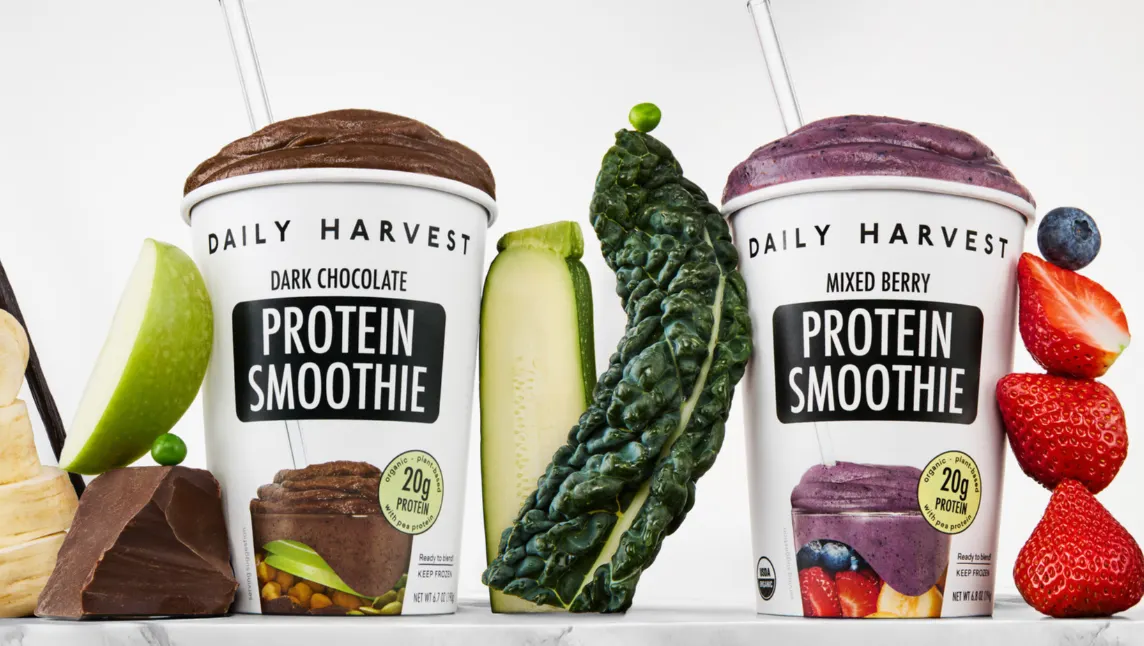
“We have a responsibility to our customers that when we launch something, the product is going to be around and we’re going to continue to innovate to give them the offerings they are looking for,” Frost said.
As a result, Chobani is not actively looking to enter new food categories, Frost said. Instead, the company is choosing to innovate and grow existing products in its portfolio through new flavors, different packaging sizes and the launch of products containing new attributes.
The company is also taking steps to ensure it can properly meet current and future demand.
Last month, Chobani said it raised $650 million, which it plans to invest in increasing production and supporting innovation.
The food maker said the additional capital, along with its “strong” operating cash flows, will help fund its expansion in Twin Falls, Idaho, and the new $1.2 billion food manufacturing plant in Rome, New York — the largest facility investment in the company’s history.
“We can’t get into new businesses until we maximize the opportunity of our base business,” Frost said.



